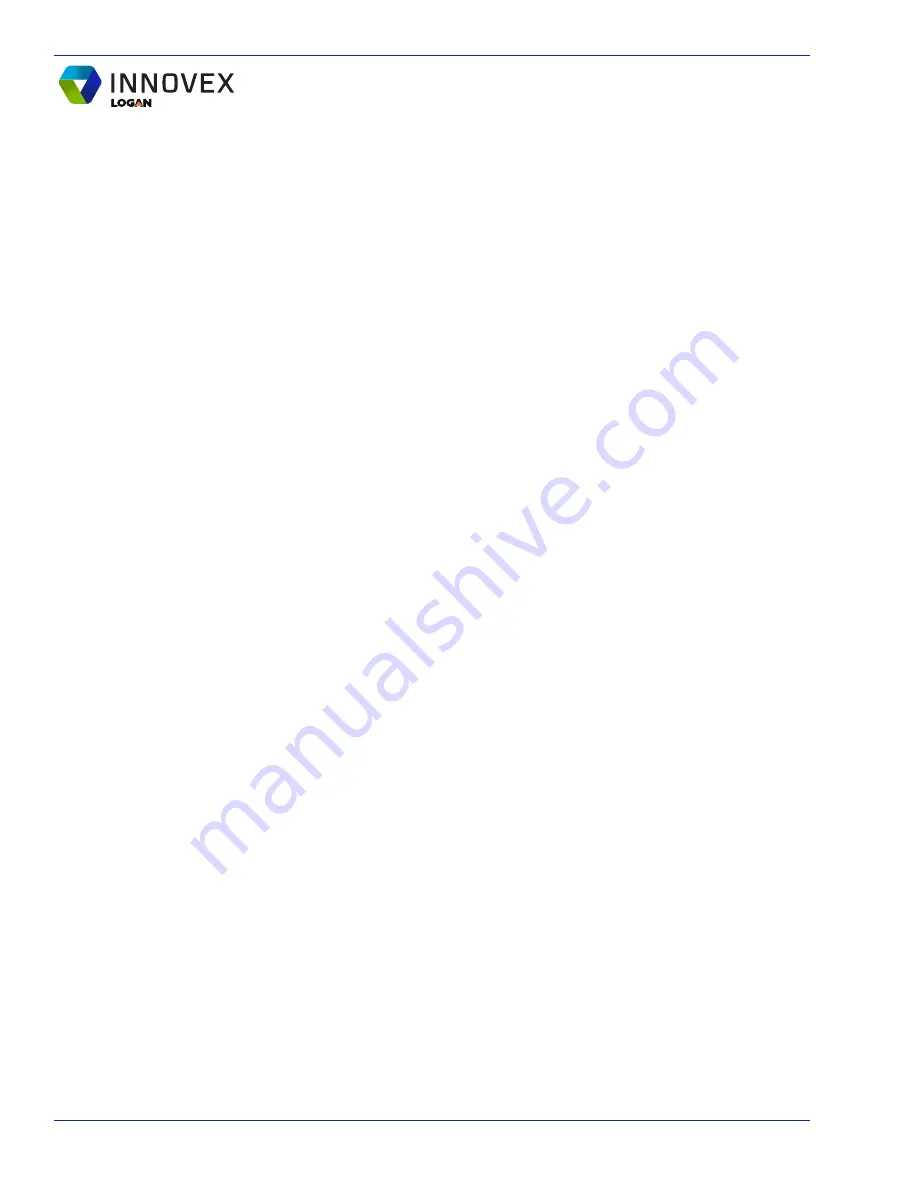
PRODUCT MANUAL
Series 70 and 150
Overshots
DOCUMENT
Manual A120
PAGE
10
FISHING TOOLS
11006 Lucerne Street | Houston, Texas 77016 | T: +1 281 219 6613 | Fax: +1 281 219 6638 | [email protected]
Revision: March 2022.
Slowly rotate the Logan Series 150
Releasing and Circulating Overshot
assembly to the right while it is lowered
over the fish. It is important to combine
rotation and lowering after the overshot
has reached the top of the fish and as
the fish enters the expandable grap-
ple. The guide will direct the fish into
the overshot. The grapple will expand,
allowing the fish to pass through it and
the pack-off rubber. The fish will stop
when it makes contact with the pin end
of the top sub. If engaging an external
upset section with a basket grapple, the
fish will be stopped by the solid metal
stop in the upper end of the basket
grapple. With the fish properly posi-
tioned in the grapple, allow the right-
hand twist to slack out of the string.
Cease rotation and exert an upward
pull on the fishing string to fully capture
the fish. The upward pull contracts the ta-
pers in the bowl, thereby gripping the fish
with the grapple and holding it secure.
If the fish does not advance, maintain
an upward strain on the fishing string
and turn on the circulating pumps to
force fluid through the fish. With the fish
securely positioned, circulation seals
the pack-off rubber around the fish to
prevent fluid from passing down the
outside. The pumps build pressure to
force fluid down through the fish.
Releasing a Fish
CAUTION: Before beginning releasing
operations, always bump down the full
weight of the fishing string.
A sharp downward force (bump) is
applied to break the hold of the grapple
within the bowl. The downward force
positions the largest portion of the bowl
tapers opposite the grapple and breaks
the hold. The Logan Series 150 Releas-
ing and Circulating Overshot is then
rotated to the right and slowly elevated
to release the grapple from the fish.
As the overshot rotates to the right, the
friction of the fish against the grapple
causes it to unwind and expand. Con-
tinue simultaneous right-hand rotation
while slowly elevating the fishing string
until the overshot has cleared the fish.
Combined rotation and elevation is very
important.
Undersized Spiral Parts
When a fish is smaller than the specified
maximum catch size of the overshot,
undersized parts are used.
Undersized spiral parts (spiral grapples
and Type A packers) are used to catch
fish sizes between the “Maximum Catch
Size (Spiral)” to the “Maximum Catch
Size (Basket).” (Refer to tables on pages
13 – 29.)
Spiral grapples and type A packers
should be changed for each size of fish.
They will effectively catch and pack-off
a worn fish as much as 3/32" under, and
approximately 1/32" over, the catch size
of the grapple.
Some overshots, especially Innovex
code “D” slim hole (SH) type over-shots,
can effectively catch a fish that
is no more than 1/16" under maximum.
Undersized Basket Parts
Undersized basket parts (basket grap-
ples and mill control packers) are used
to catch sizes smaller than the “Max-
imum Catch Size (Basket).” (Refer to
tables on pages 13 – 29.) Basket grap-
ples will effectively catch and pack-off a
worn fish as much as 3/32" under, and
approximately 1/32" over, the maximum
catch sizes listed.
Some overshots, especially Innovex
code “D” slim hole (SH) type over-shots,
can effectively catch a fish that
is more than 1/32" under size.
Basket grapples and mill control pack-
ers should be changed for each size
of fish. A plain basket grapple control
does not need to be changed to a mill
control packer when using an under-
sized basket grapple.
Subsea Retrieval
On offshore floating rigs, drill string
extends hundreds of feet from the rig
to the wellhead blowout preventer
(BOP) on the sea floor. Sometimes it
is necessary for the rig to move (in the
event of a blowout, an approaching
storm, or drifting due to loss of anchor)
from a well site. In these situations, the
drill string can be temporarily severed
inside the BOP to remove only the upper
end.
The BOP must have at least two sets
of rams — a set of lower pipe rams and
set of shear rams above them. Land the
closest tool joint on the lower pipe rams.
Close the lower pipe rams to suspend
and pack-off the string before shearing.
Shearing produces flattened, flared ends
with protruding ears.
The string is retrieved when the rig re-
turns to the well site. The end is brought
to the surface and the sheared piece is
removed. Often large sections of the BOP
stack must be brought to the surface as
well for effective retrieval, making subsea
sheared pipe retrieval a costly, difficult,
and time-consuming task.
By removing the standard guide, grap-
ple, and packer, the Logan Series 150
Releasing and Circulating Overshot
can be dressed with a mill extension
and special flat-bottomed guides (refer
to Mill Guides on page 33) to retrieve
sheared pipe in an economical, simple,
and time-saving manner.
Before installing the overshot on the drill
string, dress it with a mill extension and
a flat-bottomed, long guide. The tapered
milling ribs of the mill extension are
faced with sintered tungsten carbide on
the inner diameter. The overshot is then
lowered into the BOP and over the end
of the drill pipe. Rotation mills down the
flared ends and protruding ears of the
sheared pipe. The end of the long guide
(and the short guide) is faced with soft
metal so it will not damage the BOP
pipe rams if it inadvertently comes into
contact with them.












































